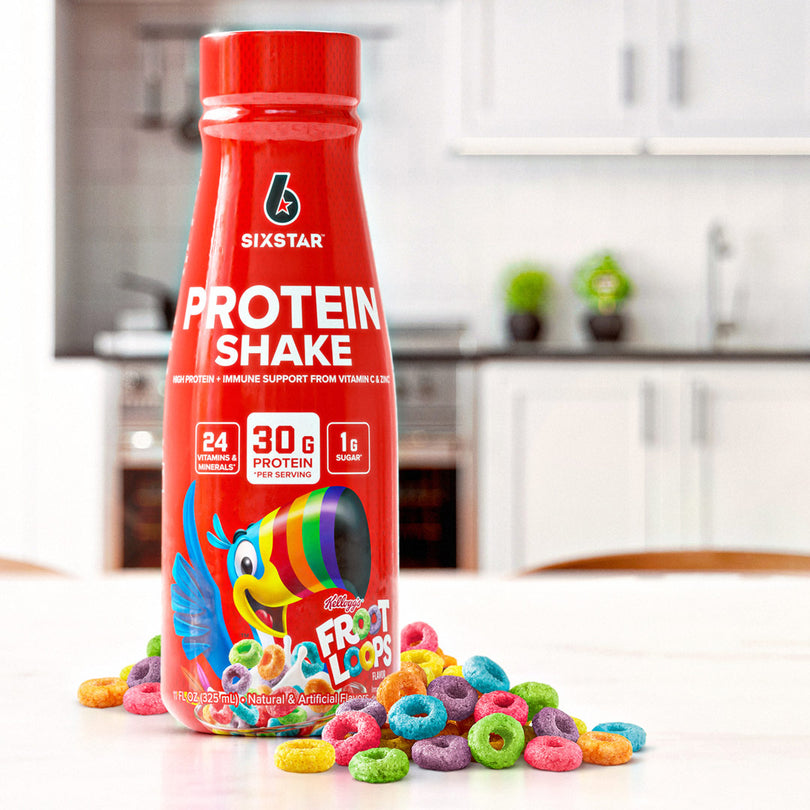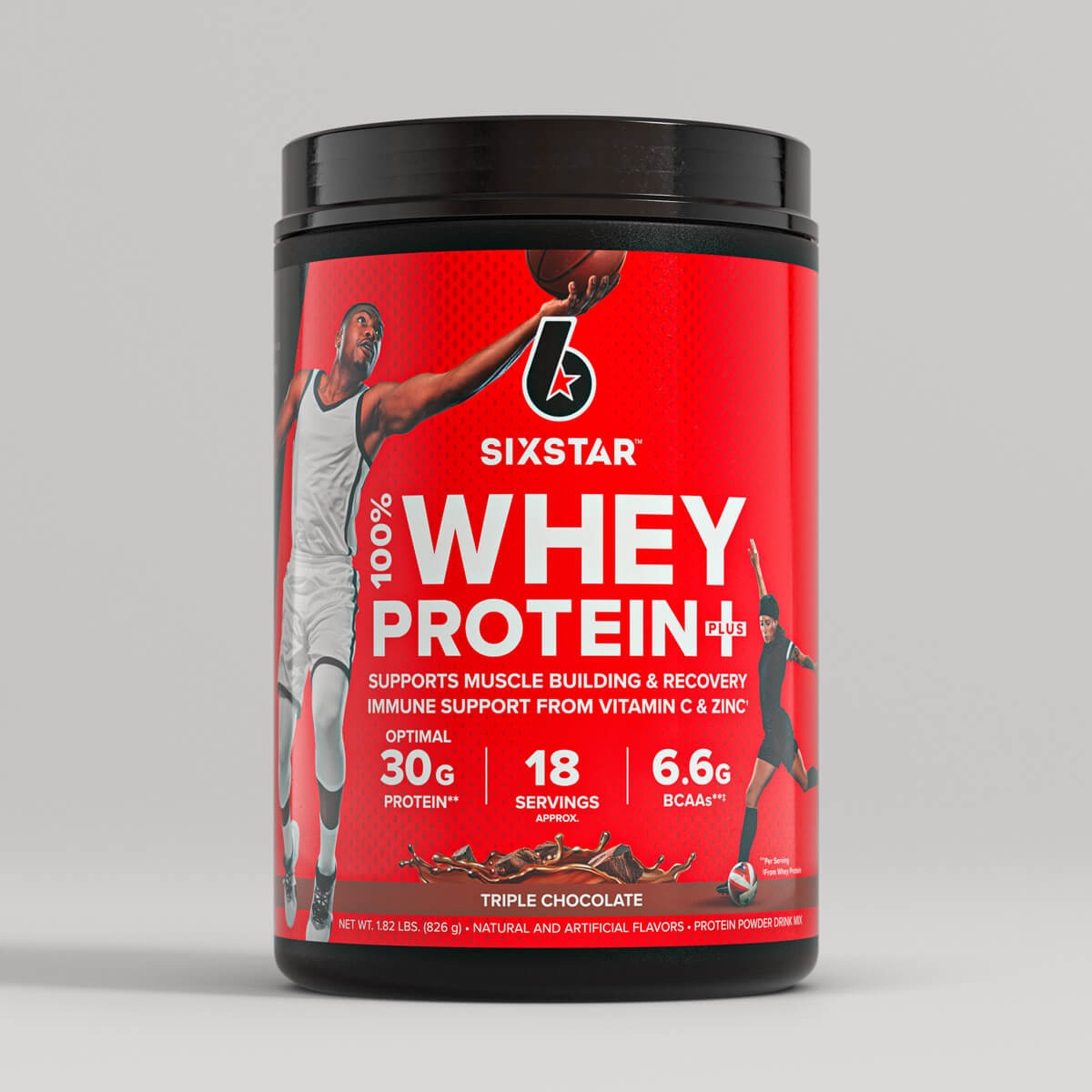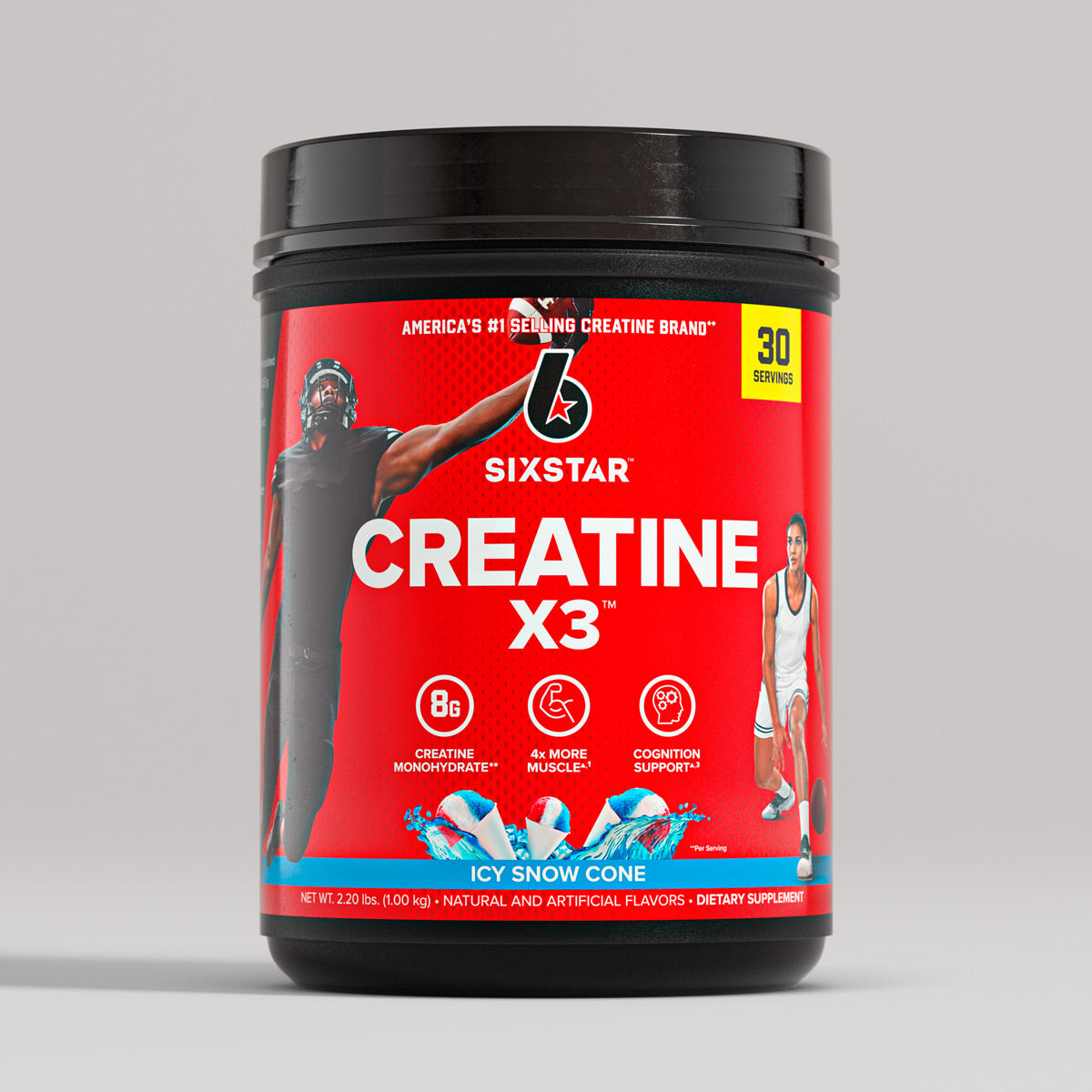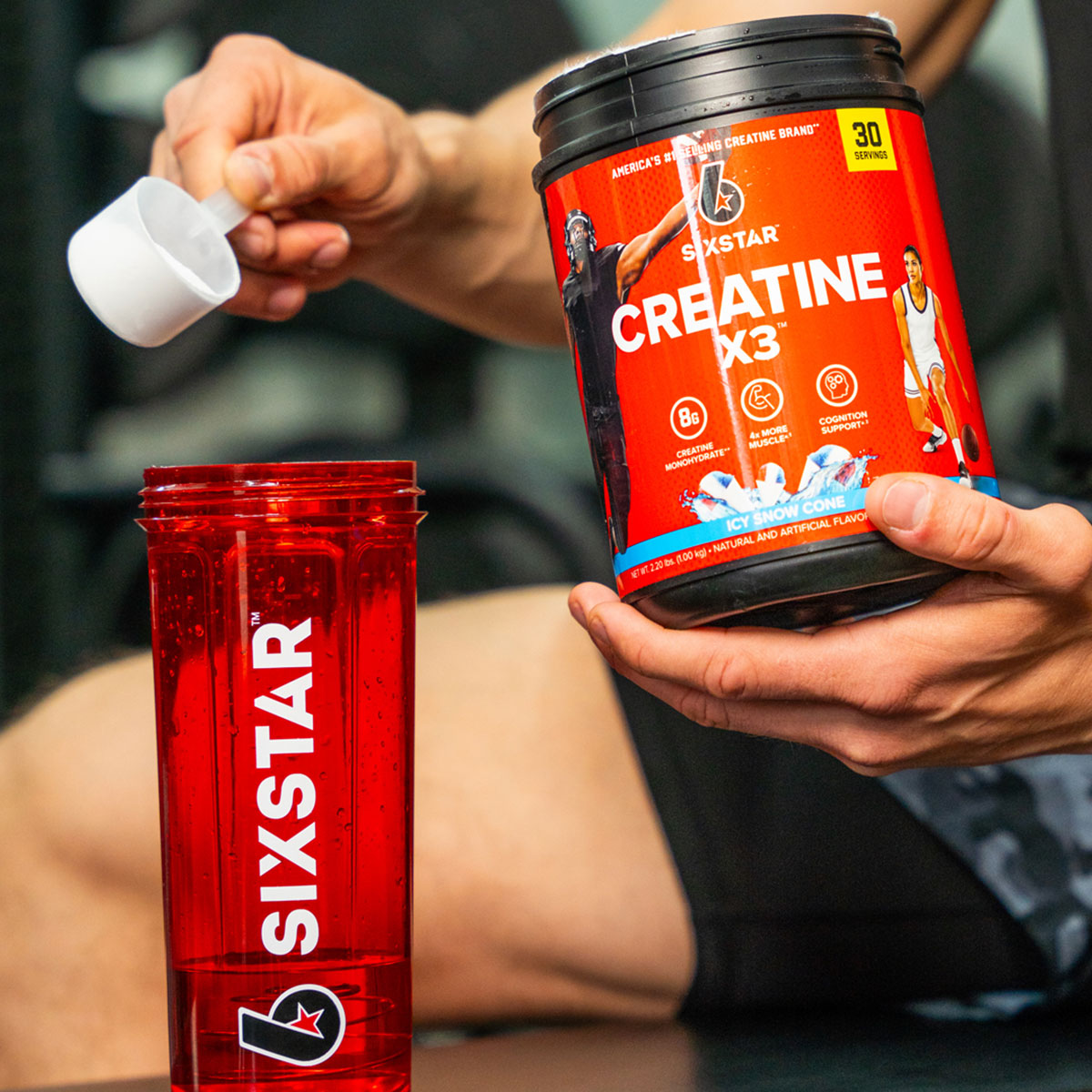This article provides an extensive list of healthy and delicious foods to bulk on while outlining the best bulking strategies. To get right into our list of best foods, give it a thorough read.
Table of content
Phases in Building muscle
Building muscle often comprises of three phases: Bulking, Cutting and Maintenance. If considering bodybuilding contest, preparing is often considered a fourth phase by competitive bodybuilders.
1. Bulking
Bulking is a dietary strategy that involves consuming excess calories to promote weight gain and muscle growth. You’re meant to intentionally consume more calories than your body needs, to esnure your muscles and workouts are fuelled.
It’s a common approach used by bodybuilders and athletes who aim to increase their muscle mass and strength. Athletes often doing so during the “off-season”.
During the bulking phase, you want to consume a high-calorie diet, rich in carbohydrates and proteins while engaging in intensive weightlifting to gain weight and build muscle mass. Your goal is to maximize muscle growth and size during this phase.
Simply put, the bulking phase requires you to give your body surplus energy than it can burn. These surplus calories provide extra energy to build muscle mass, fuel intense workouts and repair damaged tissue.(1)
2. Cutting
This phase generally comes after the bulking phase, during which you aim to reduce body fat percentage without losing muscle mass.
They key to be successful in this phase is a combination of a calorie-restricted diet combined with weight training and often cardiovascular exercise is used to help achieve a calorie deficit.
The main aim of this phase is to develop a lean and shredded physique with higher muscular and lower body fat composition.(2)
3. Maintenance
After a long mass gain phase, your body accumulates a lot of fatigue and becomes less insulin sensitive and adapting to the high volumes, setting you up for a higher chance of fat gain, overtraining, or injury.
Maintenance phase allows your body to settle, refuel, and prime to continue the muscle-building journey.
Now that you understand the different phases in building muscle and bodybuilding, let’s talk about bulking phase- the reason you are still scrolling!
One thing you want to avoid is “dirty bulking”, which leads to minimal muscle gain and excessive visceral fat accumulation. It is very important to make smart food choices when it comes to achieving a clean bulk.
The most common mistake about bulking is the assumption that one can ingest limitless amounts of carbs, sugar, and sodium exclusively to boost calorie intake.
Everybody is Different: Know what works for you!
As with everything in life there is “No size fits All” holds equally true with bulking up as well, it is important to realize that your body, metabolism, and genetic make-up is unique.
You should consider a reasonable weight gain for your body, what your parent’s body type is and what weight you feel your reasonable best.
Before taking drastic measures to shift your weight that can result in unhealthy side effects and damage your metabolism, especially if you’ve struggled in the past, are taking certain medications, or have a medical condition, please consult with your medical provider.
How many calories to consume?
During the bulking phase, it is traditionally estimated that you should increase your caloric intake by 15 percent. However, more recent research has suggested that this number may be too specific.(3)
In another study authors suggested that a better range might be 10–20 percent above maintenance calories. The authors also suggest making sure to calculate the calorie intake based on factors like; athlete's experience level, individual rate of weight gain and changes in body composition.
As per the study, a male bodybuilder might consume about 3,800 calories per day during the bulking phase while a female bodybuilder may consume about 2,400 per day. But these are just average estimates. Your goal should depend on your weight and metabolic rate.(1)
What does that mean for you? You can also use an online calorie calculator, like the one provided by the National Academy of Sports Medicine (NASM) and adjust it to your personal requirements.
In another study, sports physiologists estimated that bodybuilders should consume an average of 45 calories per kg of body weight per day during the bulking phase to achieve a weight gain of about 0.25–0.5 percent of body weight per week.(4)
Best Foods to Achieve Healthy Bulking
Here is a list of most nutritious and best bulking foods. We recommend eating a mix to ensure you’re filling your body with all the variety and nutrients it needs.
1. Lean Beef
Red meat is a great protein source for bulking. When consumed regularly, it can help with the growth of muscles.
It is a number one choice for lean muscle growth due to its protein and fat content. Red meat is high in heme iron, one of the two types of iron generally consumed in the diet (the other being non-heme iron).
Heme iron is much more easily absorbed by the body than non-heme iron, and an adequate iron intake is essential when building muscle and training hard.

2. Whole Eggs
Whole eggs are a great source of protein and fat for bulking, with around 75-90 calories per egg.
Many think eggs are unhealthy due to their saturated fat content and high cholesterol, but did you know eggs are high in healthy cholesterol?
Get in a good source of fat and protein by making a whole egg omelette or some delicious, scrambled egg.
3. Salmon
Salmon is a great source of healthy fat, and this oily fish should be included in your bulking diet. In fact, general population is recommended to eat at least one portion of fatty fish per week.
Salmon is also full of monounsaturated fatty acids, which are super-healthy and great for clean bulking. During intense training try to consume around 2-3 servings of fatty fish per week.

4. Cottage Cheese and Whole Milk
Cottage cheese and whole milk provide a good source of protein to help build muscle, while the fat and carbohydrates help restore muscle glycogen stores and maximise your muscle-building potential.
whole milk is a great way to stock up on protein, calcium and add extra fat and calories to your diet when bulking, with one glass containing around 150 calories.
5. Nuts and Nut Butters
Nuts and nut butters are energy rich and full of healthy monosaturated fats that make them a perfect choice for bulking.
Nuts and nut butters are packed full of essential micronutrients and minerals including magnesium, phosphorus, selenium, and zinc, which are all essential for maintaining a healthy nutritional status and building muscle mass.
6. Sweet Potatoes
Sweet potatoes act as another versatile complex carbohydrate source and contain no saturated fats. This can easily be replaced with white potatoes if you prefer them, and the macros are almost identical.
7. Chicken Breast
Chicken breasts are a highly ranked choice for gaining muscle because they’re packed with protein.
Chicken breasts also contain generous amounts of the B vitamins niacin and B6. These vitamins may help your body function properly during the physical activity that’s necessary for optimal muscle gain.
8. Beans
Beans are packed with nutrients such as iron, potassium, zinc, and folate. They’re also rich in plant-based protein and fiber making them a great choice for heart health and gaining bulk.
Depending on the type of bean, one cup contains about 200-300 calories. Make sure to blend them r mash them to make easier to eat and drink plenty of water.
9. Yogurt
Full- fat yogurt options not only provide your gut with a boost of healthy bacteria, it’s also rich in good quality protein for muscles.
Avoid the ones with lower fat contents (unless you have high cholesterol or heart health concerns) because these often contain added sugars to replace the fat.
Yogurt makes for an excellent snack with some fruit and nuts.
10. Avocados
Avocados are an amazing source of heart-healthy fats and vitamins such as powerful antioxidants, vitamin E.
These can help your cholesterol levels — lowering the “bad” low-density lipoproteins (LDL) while increasing the “good” high-density lipoproteins (HDL).
Slice them up and spread over salads or serve up some avocado toast.

11. Pasta
Pasta is also known as pre-competitive carb loader’s dream meal, this moderately high calorie food has about 200 calories per cup. Pasta is also rich in B vitamins which help cell and metabolic energy.
Pasta can be adapted to many hardgainer friendly dishes. Eat it as a main meal with pasta sauce or cook then refrigerate it to make a pasta salad.
12. Brown Rice
Brown rice has been a staple of muscle-building diets since the beginning of time. This is another complex carbohydrate that provides clean, stable energy and is also full of fiber to help aid digestion. It can be added alongside any protein source to make a complete meal.
13. Oats
Oats an amazing source of fibre and complex carbohydrates that don’t only aid digestion but also provide a sustained release of energy — perfect for a pre-workout meal. Oats can really give you a helping hand during bulking season.
In addition, oats can add a healthy source of fat and calories to your diet without leaving you feeling too full.
14. Dark Chocolate
Finally, chocolate. If you’ve got a sweet tooth, dark chocolate is a great way to fix your sugar cravings. Chocolate with over 75% cocoa content is also full of antioxidants and monounsaturated fats. For the ultimate bulking treat, try a banana covered in peanut butter and melted dark chocolate.
15. Protein Top -Up
Incorporating the use of whey protein shakes into your diet is one of the best and easiest things you can do to boost your muscle growth.
A high-quality protein source not only gives your muscles the building blocks they need to repair themselves but also helps them to grow bigger and stronger.
Products like SIXSTAR® Whey Protein Plus are an excellent addition to a quality nutrition plan and will help you reach your muscle building goals much faster!
Take Home Message
To make the most of your bulking phase it is essential to make the right food choices. If you’re bulking and not including at least a few of these top bulking foods in your diet, you could be making some serious mass-gaining mistakes. Remember muscle gain takes time so gradually increasing and tracking your calories during your bulking phase, should align with your goal weight and timeframe. Fat gain is nearly inevitable during a bulk phase, however having a plan can help you keep that to a minimum, which will allow your cutting phase to be more enjoyable.
Remember to pair these foods with a balanced diet and regular exercise to see the best results. Happy bulking!
References:
- Iraki J, Fitschen P, Espinar S, Helms E. Nutrition Recommendations for Bodybuilders in the Off-Season: A Narrative Review. Sports (Basel). 2019 Jun 26;7(7):154. doi: 10.3390/sports7070154. PMID: 31247944; PMCID: PMC6680710.
- Chappell AJ, Simper T, Barker ME. Nutritional strategies of high level natural bodybuilders during competition preparation. J Int Soc Sports Nutr. 2018 Jan 15;15:4. doi: 10.1186/s12970-018-0209-z. PMID: 29371857; PMCID: PMC5769537.
- Lambert CP, Frank LL, Evans WJ. Macronutrient considerations for the sport of bodybuilding. Sports Med. 2004;34(5):317-27. doi: 10.2165/00007256-200434050-00004. PMID: 15107010.
- Spendlove J, Mitchell L, Gifford J, Hackett D, Slater G, Cobley S, O'Connor H. Dietary Intake of Competitive Bodybuilders. Sports Med. 2015 Jul;45(7):1041-63. doi: 10.1007/s40279-015-0329-4. PMID: 25926019.































